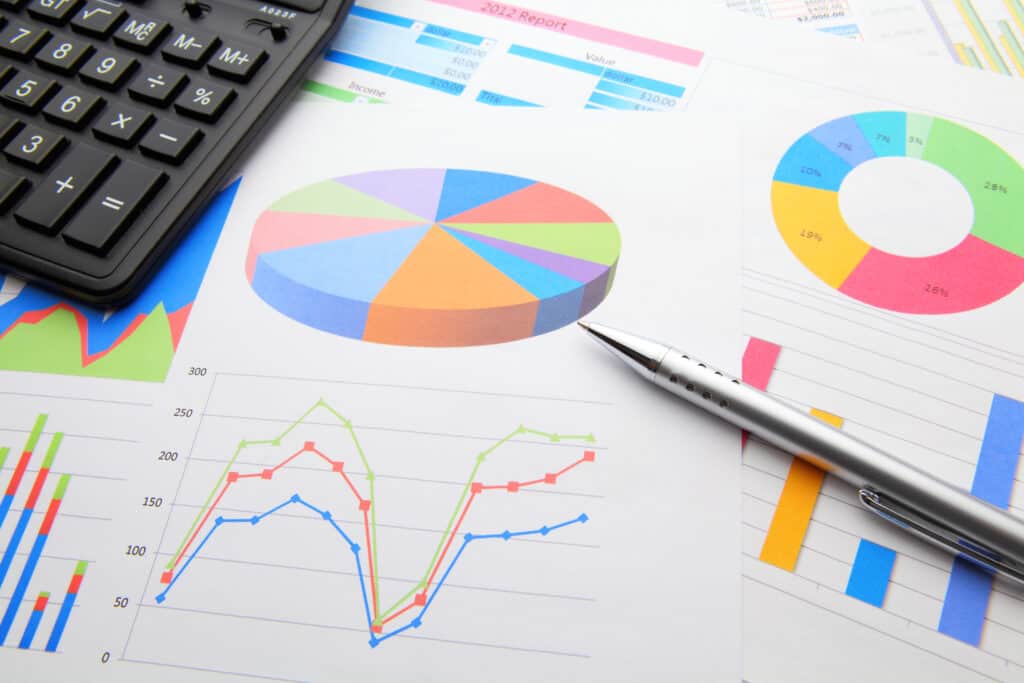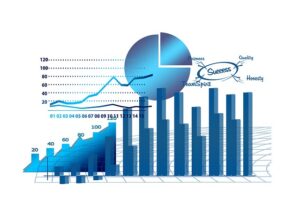In a dynamic and competitive business environment, success largely depends on a company's ability to recognize and understand its competitors. Competitive analysis it becomes a necessary tool that allows companies to develop effective strategies, adapt to market changes and maintain a competitive advantage.
Why is competitive analysis important?
Competitive analysis is not only a tool that helps businesses keep track of what others are doing, but is essential for making informed business decisions and achieving a long-term competitive advantage.
The market is constantly changing, with new technologies, changes in consumer behavior and the emergence of new competitors. By analyzing the competition, businesses can identify trends and anticipate changes, allowing them to stay one step ahead and quickly adapt their strategies. In this way, the company not only maintains competitiveness, but can also become a leader in the industry.
Through detailed analysis, companies can discover market segments that competitors have not adequately covered or areas where consumer dissatisfaction exists. This opens up the opportunity for innovation and differentiation, which allows companies to develop unique offerings that meet specific consumer needs.
Information gathered through competitive analysis enables businesses to make smarter and more efficient decisions. Whether it's investing in a new product, adjusting pricing, or choosing a distribution channel, competitive analysis provides the basis for making decisions that are based on data, not assumptions.
By following what competitors are doing, businesses can get inspiration for new ideas, but also learn from the mistakes of others. This enables the creation of innovations that not only improve the product line or service, but also create added value for consumers. In this way, the company remains relevant in the market, constantly boosting its competitive advantage.
By analyzing competitive strengths and weaknesses, companies can find out what consumers value about their competitors, but also where their dissatisfaction lies. Based on these insights, a company can improve its customer experience and build a brand that clearly stands out from the competition, retaining customer loyalty and attracting new ones.
By monitoring the competition, businesses can recognize potential threats before they become serious problems. For example, if a competitor launches a new product or service that could divert part of the market, timely analysis and reaction allow companies to devise a counter-strategy, either through improving their own offering or launching new initiatives.

Key steps in competitive analysis
Competitor identification: The first step is to identify the main competitors. These are companies that offer similar products or services, target groups or operate in the same industry. By analyzing their marketing campaigns, products, prices and user experience, you can get a clearer picture of market dynamics.
Data collection: Data may be collected from a variety of sources, including:
- Public information (financial reports, news, interviews)
- Analysis of market and industry trends.
- Online tools such as Google Alerts, SEMrush, and Ahrefs for monitoring the online activities of competitors.
- Social media and review sites (like TrustPilot) can provide insights into how consumers react to competitors' products or services.
Data analysis: After collecting the data, it is important to analyze the following aspects:
- What products do your competitors offer? How do your products differ in terms of quality, functionality or price?
- What marketing channels do they use? How do you attract and retain customers?
- What is their pricing policy and how does it affect consumers? Do they offer discounts or promotions?
- How competitors treat customers and how they solve problems.
Evaluation of strengths and weaknesses: Compare your company's strengths and weaknesses with your competitors. In this way, you can identify areas where you have an advantage, but also those where you should improve your business.
How to use the results of the competition analysis?
After the analysis is completed, it is important to apply the insights gained in the business strategy. Here are some ways you can use the results:
- Based on insights into what your competitors are doing well, you can adjust your offering to be more competitive.
- If necessary, consider adjusting your prices to remain competitive but still profitable.
- Develop campaigns that highlight your strengths and differentiate you from your competitors.
Competitive analysis is a necessary step for success in the modern market. It allows you to better understand the market, recognize opportunities and threats, and build strategies that will give your company a long-term competitive advantage. In a turbulent business environment, proactively monitoring competitors can be the deciding factor between stagnation and growth.

Do you need a successful competitive analysis?
Engages our Turmalin agency and achieve maximum results! Contact us today and find out how to improve your digital business.









